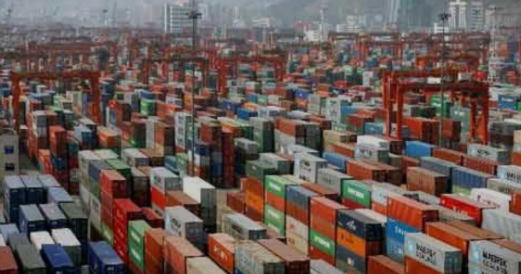By Farah Iqbal
Pakistan’s trade policy has long been a topic of debate, with critics arguing that it remains far too restrictive compared to regional and global standards. After subtracting fuel imports, roughly 40% of the country’s remaining imports consist of essential commodities and capital goods—both crucial to Pakistan’s economic structure. However, unlike its regional counterparts such as China, India, and Vietnam, where tariffs hover below 1%, Pakistan’s average tariff rate is approximately 10%. This divergence signals the underlying issue: a lack of support for trade liberalization among policymakers, industrialists, and even academia.
In developing and advanced economies alike, the benefits of free trade are well-documented. Greater openness to international trade enhances welfare by promoting competition, encouraging innovation, and driving businesses to improve product quality. The challenge for Pakistan is that its current protectionist policies are stifling these opportunities. By keeping tariffs high, the government has created a short-term revenue stream, but this comes at the expense of long-term economic growth and diversification.
One of the most striking examples of how restrictive trade policies hurt Pakistan’s economy is the textile industry. While Pakistan is known for its textile exports, these are heavily concentrated in low-value products such as apparel and towels. A lack of access to innovative machinery and equipment—due to high tariffs—means that exporters have little incentive to move up the value chain or diversify their offerings. The result is a stagnant sector that misses out on the benefits of producing high-end, technical, and environmentally friendly products that are in demand globally.
Similarly, Pakistan’s protected automobile industry offers another example of the negative effects of trade restrictions. Rather than competing on quality, safety, and modernization, automakers in Pakistan have benefited from a lack of competition. This has led to monopolistic practices that prioritize corporate profits over consumer interests, resulting in high prices and substandard vehicles.
The government often justifies this protectionism by pointing to past free trade agreements (FTAs), arguing that they have not delivered the anticipated benefits. However, it is important to note that many of these FTAs were signed over 15 years ago, during a different era of global trade. Modern FTAs are far more comprehensive, going beyond tariff reductions to encompass digital services, e-commerce, capacity building, and skills investment. Pakistan must revisit these agreements and align them with contemporary trade dynamics to remain competitive.
International trends also offer important lessons. The United States, under both the Trump and Biden administrations, has adopted a more protectionist stance, particularly against China. While this shift has sparked concerns, it is crucial to recognize that U.S. trade policy is highly strategic, aimed primarily at China and the European Union. For Pakistan, which exports a significant portion of its textiles to the U.S., the direct impact of these tariffs has been minimal. Nevertheless, the U.S.'s strategic trade vision underscores the need for Pakistan to develop a more robust and forward-looking trade strategy of its own.
Pakistan’s reliance on restrictive trade policies has created a vicious cycle of low productivity, minimal value addition, and limited diversification. The country’s tariff regime, while providing short-term revenue, is inhibiting long-term growth. To break this cycle, Pakistan must prioritize good governance and policy consistency. These reforms will pave the way for an open trade environment that fosters innovation, enhances productivity, and improves the overall economic landscape.
In conclusion, it is time for Pakistan to embrace trade liberalization as a tool for economic development. By modernizing FTAs, reducing tariff barriers, and focusing on building the capacity of its industries, the country can unlock new opportunities for growth, boost its competitiveness in global markets, and ultimately improve the welfare of its citizens.
( The writer is an assistant professor in economics. She is a Ph.D. Scholar at GCU, Lahore )
Disclaimer: The views and opinions expressed in this article are solely those of the author and do not necessarily reflect the official policy or position of neo news.pk


